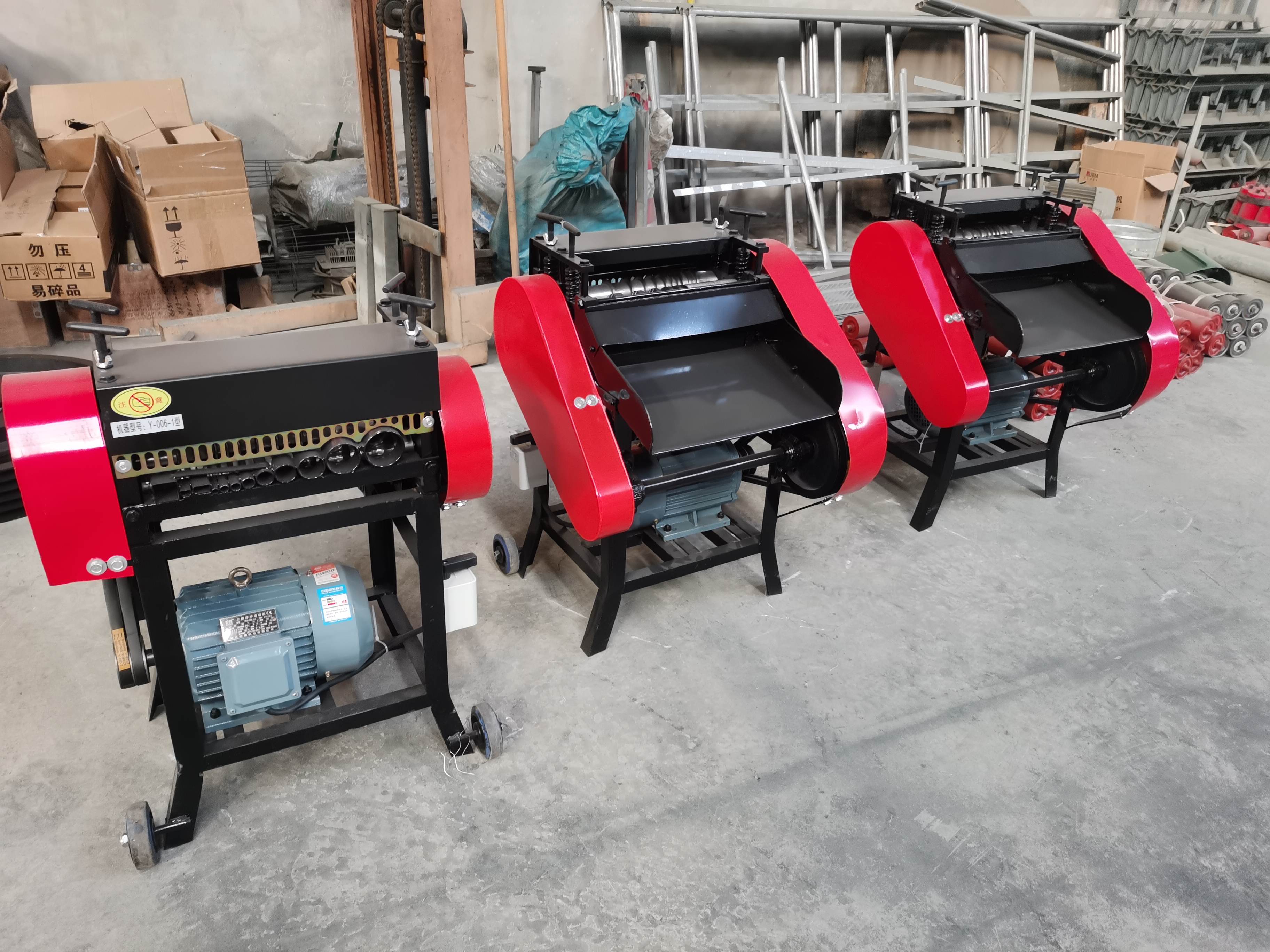

stu . 08, 2024 04:29 Back to list
Understanding Shredded Steel Prices Factors and Trends
Shredded steel, also known as shredded scrap, plays a vital role in the recycling and steel manufacturing industries. It consists of small, fragmented pieces of scrap metal formed through the shredding process, making it suitable for melting down and repurposing in steel production. The price of shredded steel fluctuates due to a variety of factors, including market demand, geographic considerations, and global economic conditions. In this article, we will explore the primary drivers influencing shredded steel prices and highlight some current trends affecting the market.
Market Demand
One of the most significant factors impacting shredded steel prices is the demand from steel manufacturers. As the construction and automotive industries grow, the need for steel products increases, leading to higher demand for shredded scrap. Steel mills and foundries often prefer shredded steel because it is cleaner and more homogenous than other types of scrap. This preference drives demand, which can push prices upward.
Additionally, the rising trend of sustainability and green practices in manufacturing has led many companies to source recycled materials. As more industries pledge to reduce their carbon footprints, the demand for recycled metal, including shredded steel, is likely to rise. Consequently, as steelmakers aim to integrate sustainable practices, shredded steel prices can experience upward pressure.
Geographic Variability
Geographic factors significantly influence shredded steel prices as well. Scrap metal markets can differ greatly from one region to another based on local supply and demand dynamics. In areas where industrial activity is high, the local supply of shredded steel may be limited, leading to higher prices.
Furthermore, transportation costs play a crucial role. The farther shredded steel has to be shipped, the more expensive it becomes, which is particularly relevant for export markets. Countries heavily reliant on imported scrap metal may face higher prices due to these logistical challenges. As demand from emerging markets, particularly in Asia, continues to rise, competition for available shredded steel can further drive prices upward.

Global Economic Conditions
The price of shredded steel is also influenced by broader economic conditions. Fluctuations in the global economy, such as recessions or booms, can impact industrial production rates and, consequently, the demand for steel. For instance, economic downturns often result in reduced construction activity, leading to lower demand for steel products and a subsequent decrease in shredded steel prices.
Exchange rates also play a role, particularly in countries that export or import significant quantities of shredded scrap. Changes in currency values can affect the profitability of trading scrap metal internationally. For example, if the U.S. dollar strengthens against other currencies, U.S. exporters may find it more challenging to compete in international markets, leading to a potential decrease in shredded steel prices domestically.
Technological Advancements
Advancements in recycling technology can also impact shredded steel pricing. Innovations that improve the efficiency and effectiveness of shredding processes can increase the supply of shredded scrap, potentially lowering prices. Conversely, technological improvements that enhance the quality of melted steel originating from shredded material can create a stronger demand, supporting higher prices.
Future Outlook
Looking ahead, several trends are likely to shape the shredded steel market. The ongoing focus on sustainability and circular economy practices will continue to drive demand for recycled materials. Additionally, infrastructure spending in various countries may lead to increased steel production and, consequently, a heightened interest in sourcing shredded steel.
In conclusion, the price of shredded steel is influenced by numerous interrelated factors, including market demand, geographic variations, global economic conditions, and technological advancements. Understanding these elements provides valuable insight for industry stakeholders, including manufacturers, recyclers, and investors. As the world increasingly prioritizes sustainable practices, shredded steel’s role in the circular economy will likely become even more prominent, ensuring that it remains a key player in the steel production landscape.
Latest news
Troubleshooting Common Eddy Separator Problems
NewsJul.04,2025
The Role of Metal Recycling Plants in Circular Economy
NewsJul.04,2025
The Impact of Recycling Line Pickers on Waste Management Costs
NewsJul.04,2025
Safety Features Every Metal Shredder Should Have
NewsJul.04,2025
How Industrial Shredders Improve Waste Management Systems
NewsJul.04,2025
How Cable Granulators Contribute to Sustainable Recycling
NewsJul.04,2025